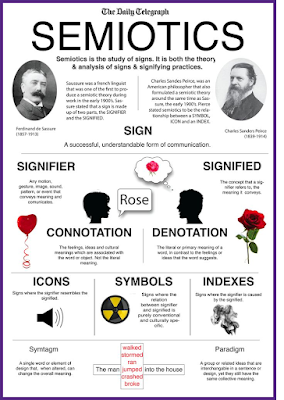The Toulmin Method was created by Stephen E. Toulmin and is a style of argumenting. As seen in the figure to the left this method is broken down into 6 parts, going in the order of claim, grounds, warrant, backing, qualifier, and rebuttal. In the article
Toulmin Argument by Purdue University it has figures that add the points of the method in order. The figure to the left is the final end product of the Toulmin Argument.
Here's a little more background on the 6 components:
- Claim: What the author(s) is/are trying to convey to the audience.
- Grounds: Evidence that supports the claim.
- Warrant: What links the grounds to the claim.
- Backing: Supports the warrant.
- Qualifier: Shows that you acknowledge that the claim may not always be true.
- Rebuttal: Evidence for another valid point of view.
In informal online communication, like conversations taken place over social media most people never use the last two components of the Toulmin Method. They just stick to their opinion and will only listen to things that they feel agree with their point. This is referred to as an echo chamber. In the article
Digital Media Literacy - What is an Echo Chamber? it says that on online platforms echo chambers can occur anywhere and everywhere information is exchanged. This is like having selective exposure as defined in the book as "the tendency to expose yourself to information that reinforces, rather than contradicts, your beliefs and opinions," (pg. 87). I feel like a way to fix this is to always fact check and never rely on a single source, but at the same time it can be hard for people to change their minds once they have an opinion on something.
I feel like a good place to utilize this method is in political debates. Now I don't follow politics much so feel free to correct me if I'm wrong, but in the clips I often see of political debates both sides never acknowledged the opposing sides view points. I feel like if you acknowledge how the other person interprets something and their feelings on it you will gain more likeness in terms of public opinion.



Comments
Post a Comment